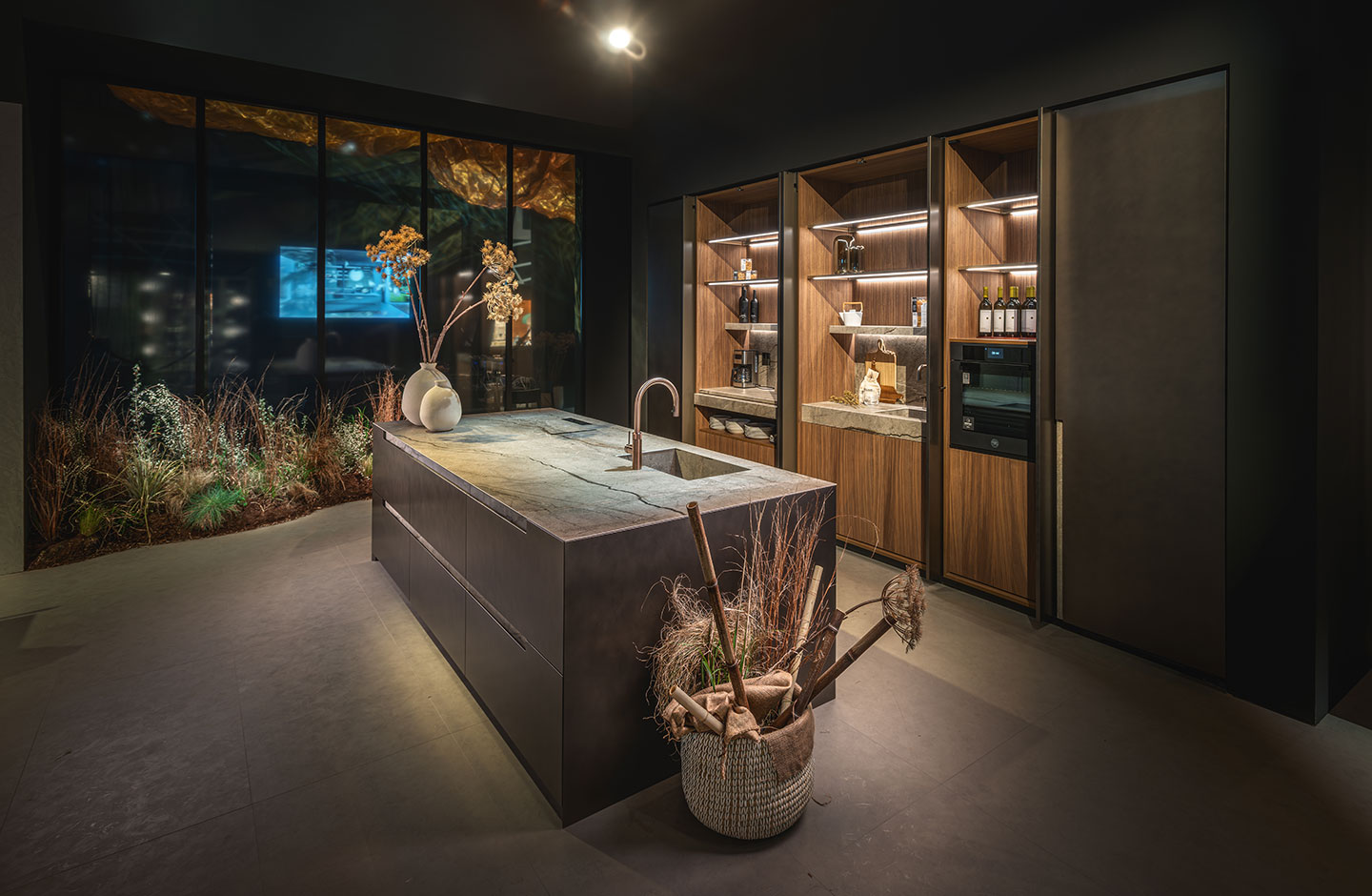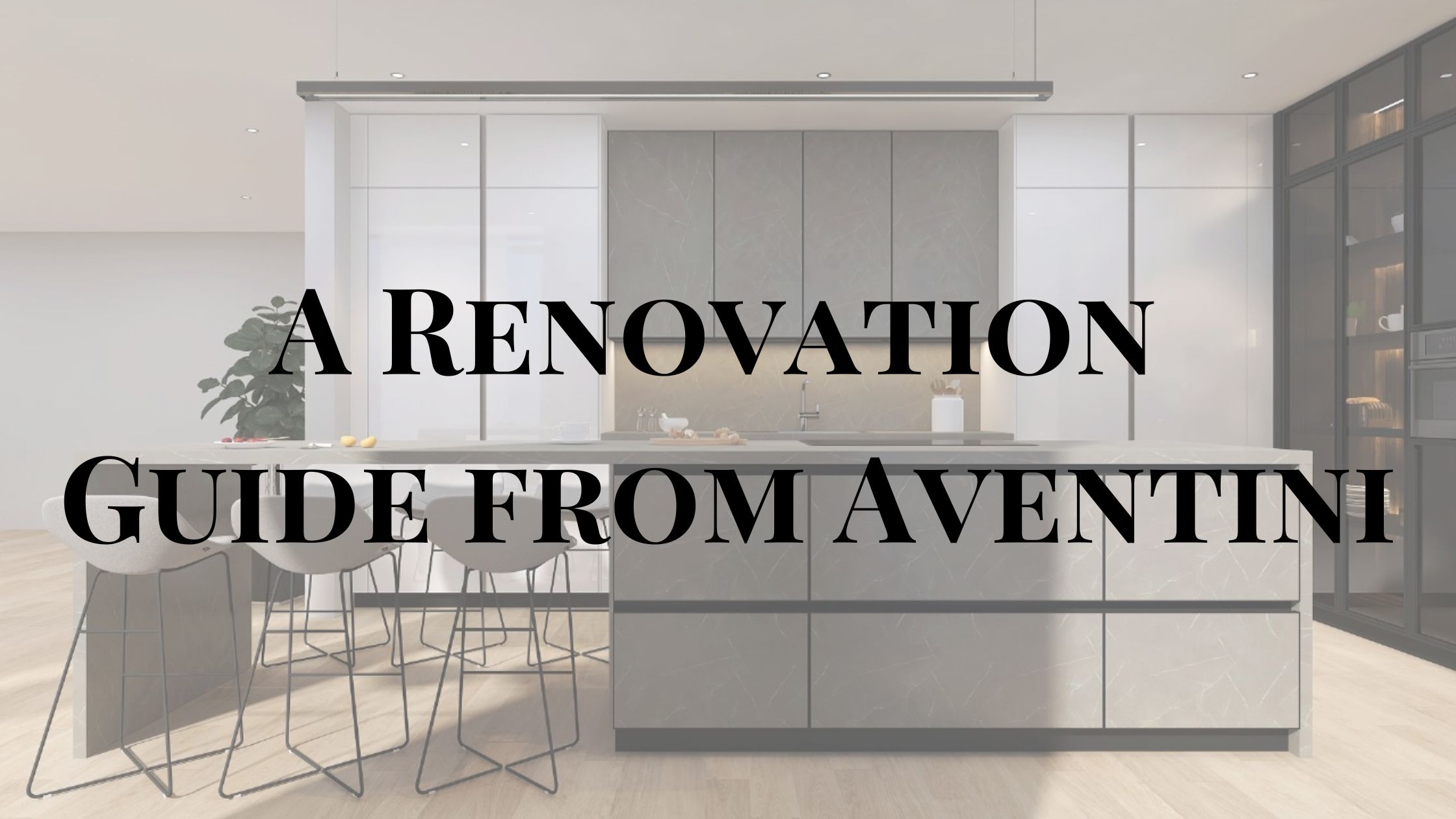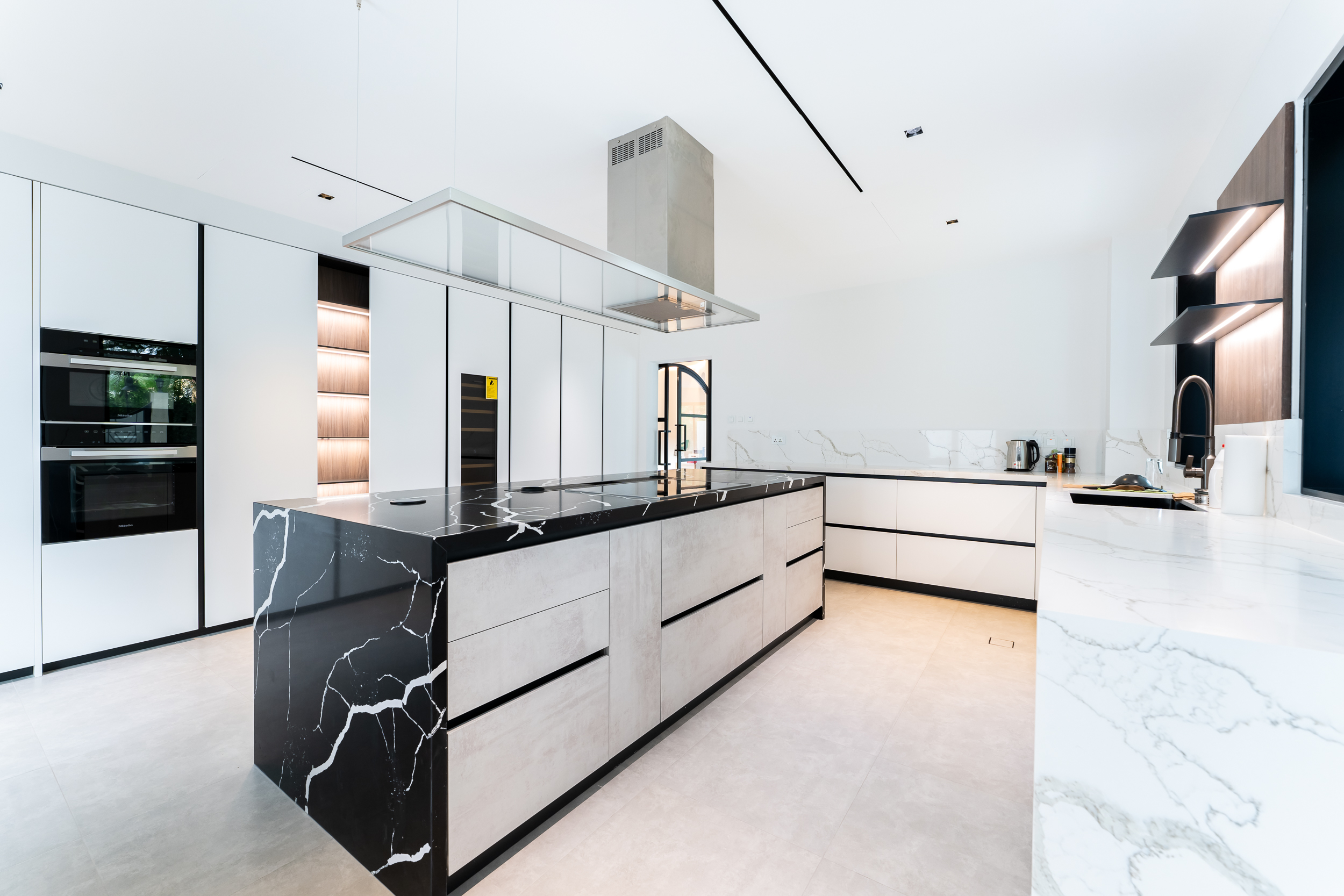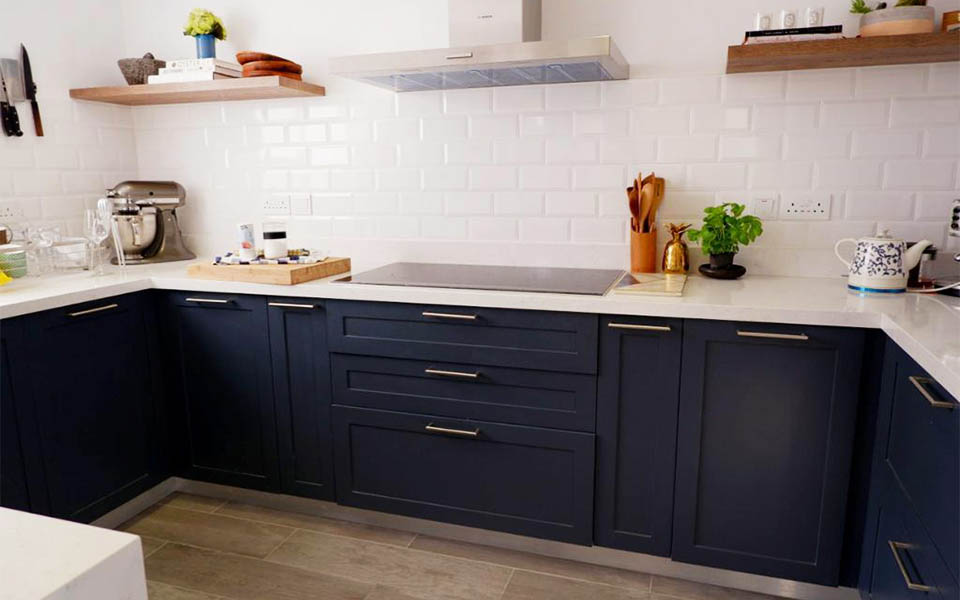Design of a Triangle Kitchen
You might hear about the kitchen triangle, or the golden triangle, when renovating your kitchen. But what exactly is that? Can it be beneficial? Basically, the kitchen triangle consists of three main work areas: the sink, the refrigerator, and the stove. These should be loosely arranged into a triangle so that you may carry your daily duties with ease and without interference. The kitchen triangle rule states that the length of each side of the triangle should be between four and nine feet. In addition, the triangle’s perimeter should be between 13 and 26 feet in length. So, not too close together nor too far away. The three areas of the kitchen that are used the most are said to create a triangle. This is done to make the cook’s space as effective as possible. To discover the most effective kitchen plan, architects and house renovators can still modify and adapt the triangle concept, even in larger, more contemporary kitchens.
WHAT ARE ADVANTAGES AND DISADVENTAGES OF KITCHEN TRIANGLE?
If you frequently cook, the triangle can assist keep your primary cooking area free of obstructions and traffic. You’ll be able to move freely after doing this. The ability to keep the sink and food preparation area near enough to prevent cross-contamination is another advantage. Having a kitchen triangle has some disadvantages as well. Not all cooks can use it. One cook’s process was to be optimized by the layout. On the other hand, contemporary families and couples frequently cook together, necessitating the use of two stoves or sinks. Not all kitchen kinds can use it
You cannot establish a work triangle in a kitchen that is arranged along a wall. The same holds true for galley-style kitchens and kitchenettes, where there isn’t enough room to use this design and one triangle leg might not reach the necessary distance of 4 feet. Some kitchens may even include more than three workstations, while open-concept kitchens may have the fridge and stove on either side of the stove, with the sink and prep space placed on an island.
In recent years, kitchens have grown but have also developed into gathering places, with islands serving as the focal point for eating, drinking, and even just chatting with visitors and relatives. Furthermore, a more ergonomic method involves segmenting the kitchen into zones because of the introduction of new kitchen gadgets like dishwashers and microwaves into homes. These include places for preparation, cooking, baking, and cleaning.




